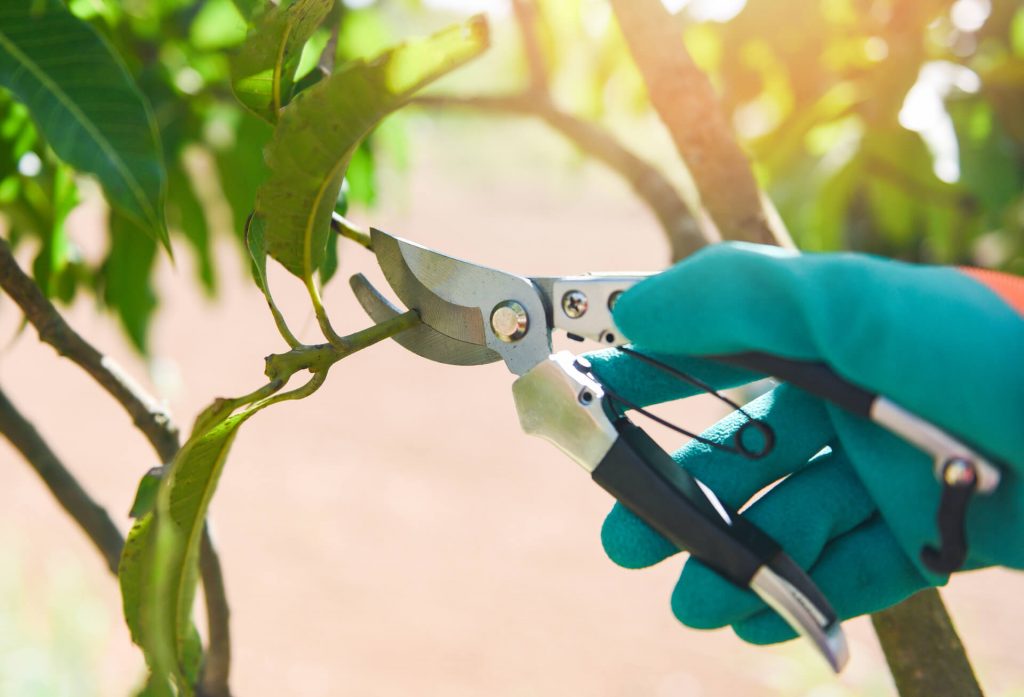101 Fall Pruning: Tips For Tree Pruning in Fall
It’s officially fall! So, it’s time to start thinking about winter preparations – including tree pruning! Pruning trees in the fall can help them stay healthy and strong through the winter and ensure that they are ready for new growth in the spring. Pruning your trees at the wrong time can do more harm than good, so it’s essential to know the right time and method to prune them. Keep reading for more information on tree pruning in the fall!
Why Prune Your Trees During Fall?
Fall is undoubtedly the best time of the year to prune your trees for several reasons. For one, the leaves have all fallen off, so you can see what you are doing. Secondly, the weather is usually cooler and less stressful for you and the tree. Finally, fall pruning encourages new growth in the spring. It will help control the tree’s shape and size and eliminate dead or diseased branches.
Types of Pruning Cuts
Heading Cut: If you want to shorten the branches of a tree or shrub, you can make a heading cut. This cut goes above a node (where two leaves are attached to the stem).
Thinning Cut: Thinning cuts remove selected branches throughout the tree or shrub. These cuts help to thin out the density of a plant.
Crown Reduction Cut: A crown reduction cut is made to reduce the overall size of a tree or shrub. This type of cut removes large branches from the outer edges of the plant.
Topping Cut: It is ideal to avoid topping cuts, as they are the most drastic and can be very damaging to a plant. Topping cuts involve removing the tips of branches, resulting in a stubby, uneven appearance.
Tips To Prune During Fall
It’s the time of the year when the leaves change color and fall off the trees. For many, this is a sign that it’s time to start pruning. Pruning during the fall has many benefits, including:
Promotes new growth
Reduces the risk of disease
Encourages fruit production
Check out these tips to get started:
Start with small cuts and work your way up
When pruning, it is always best to start with small cuts and work your way up. Starting small will help you avoid any big problems. It will help you get a feel for the pruning process and avoid making any significant mistakes.
Remove dead or dying branches
Before you start pruning, look at the tree and identify any dead or dying branches. These should be removed first as they can be a hazard to you and your property.
Sterilize all your pruning tools before each use
Pruning tools can harbor diseases and pests that can harm your trees. Be sure to sterilize all the tools before each use to help prevent the spread of these diseases and pests.
Don’t forget to water your trees after pruning
Pruning can be stressful for trees, so be sure to water them well after pruning. It will help them recover and stay healthy.
When in doubt, always consult a professional
If you don’t know the correct way to prune your trees, it is always best to consult with a professional. They will be able to help you determine the best way to prune your trees without causing any damage.
Connect with Tommy’s Tree Service, who will take care of your fall pruning needs with utmost diligence and dedication.
"I have been in this business for all my life!"
Tommy, Owner
